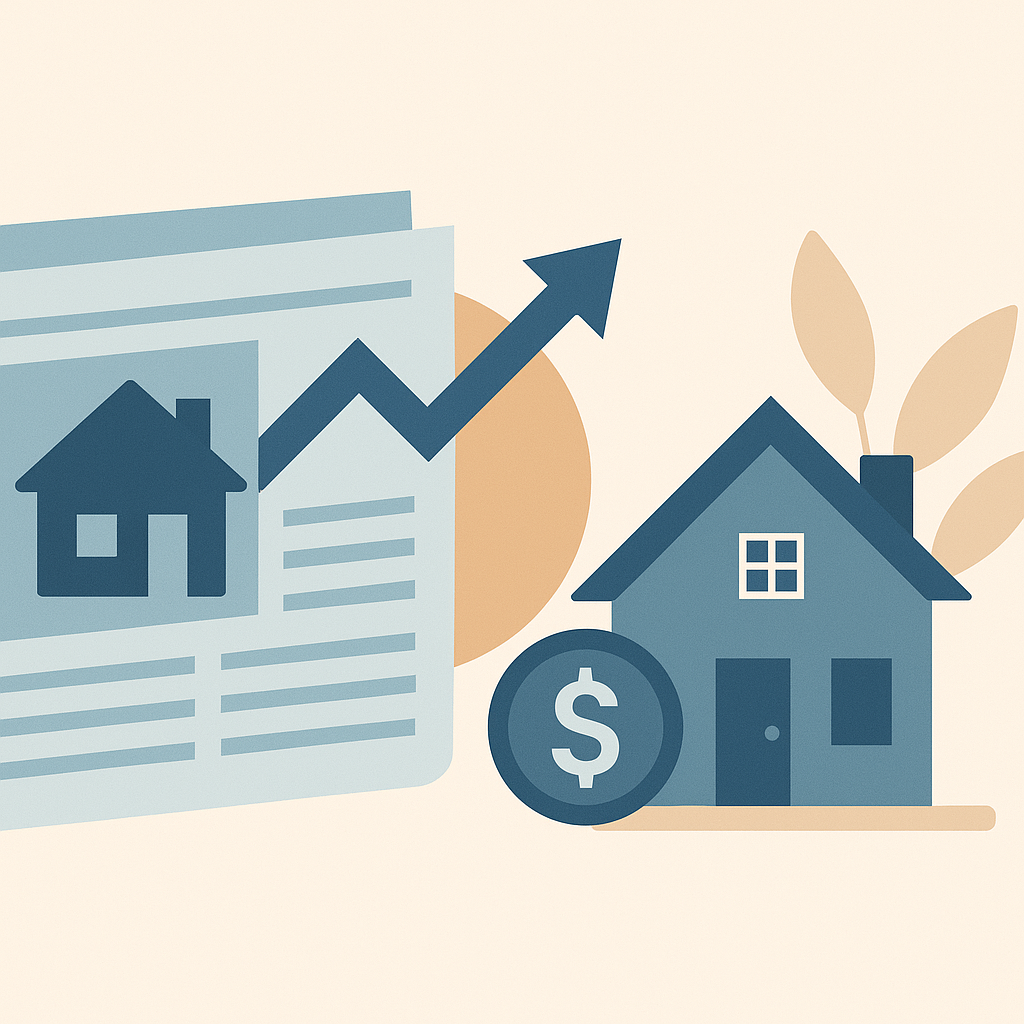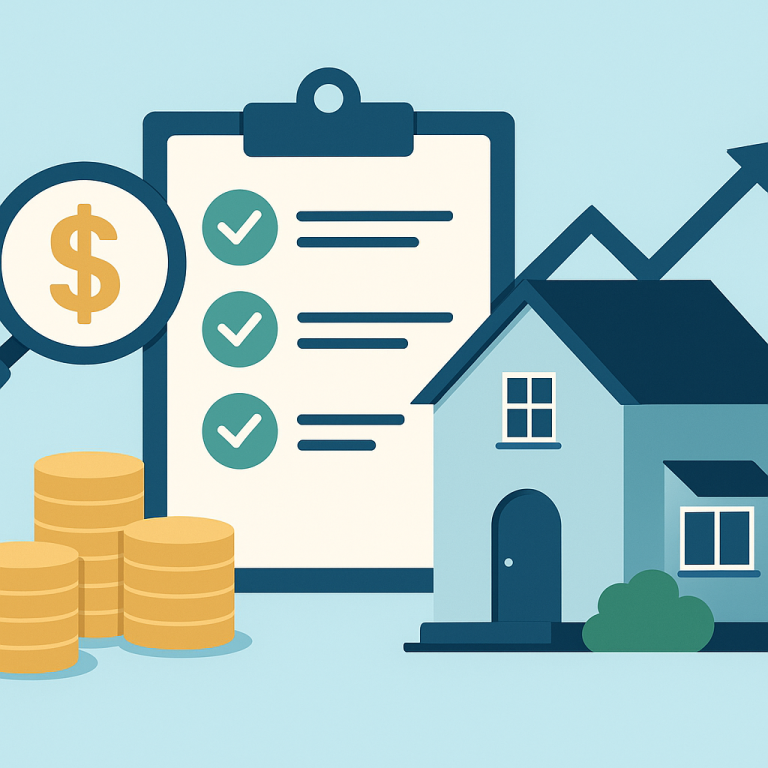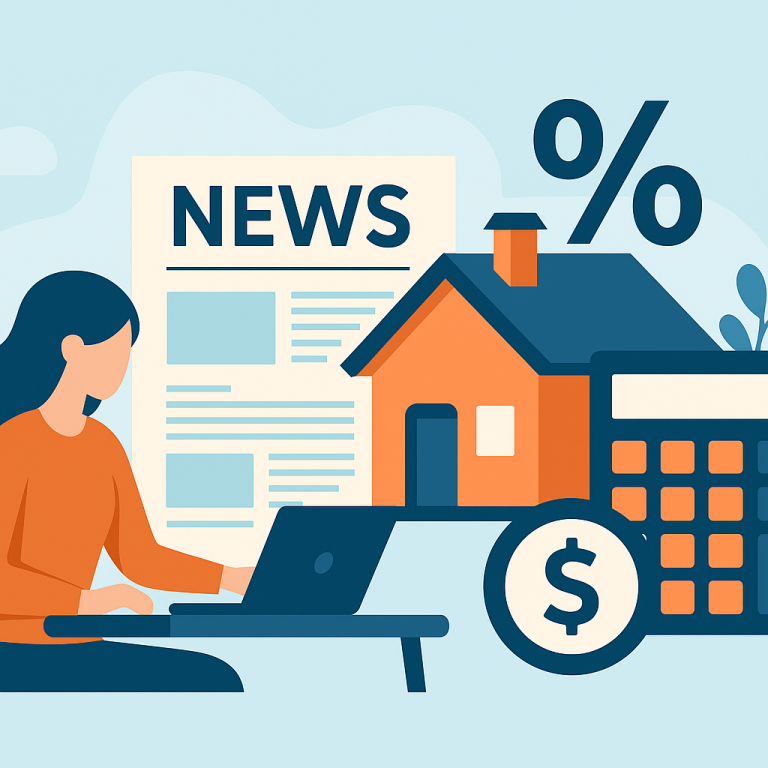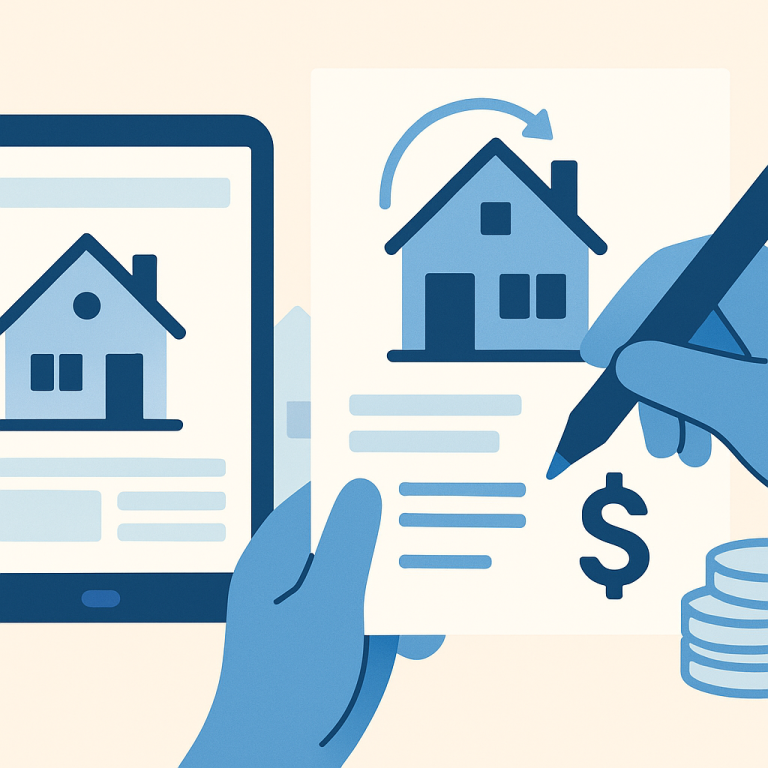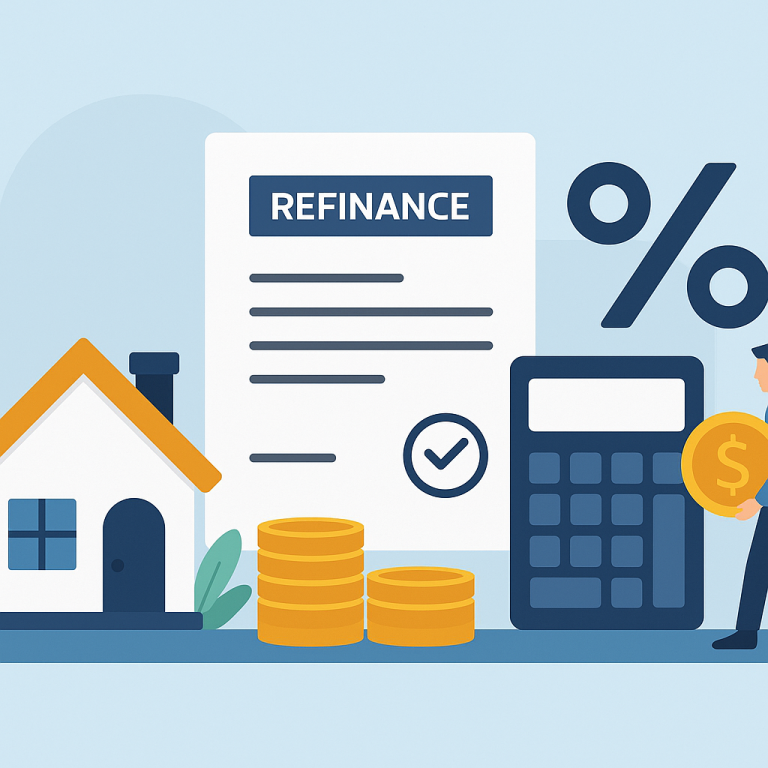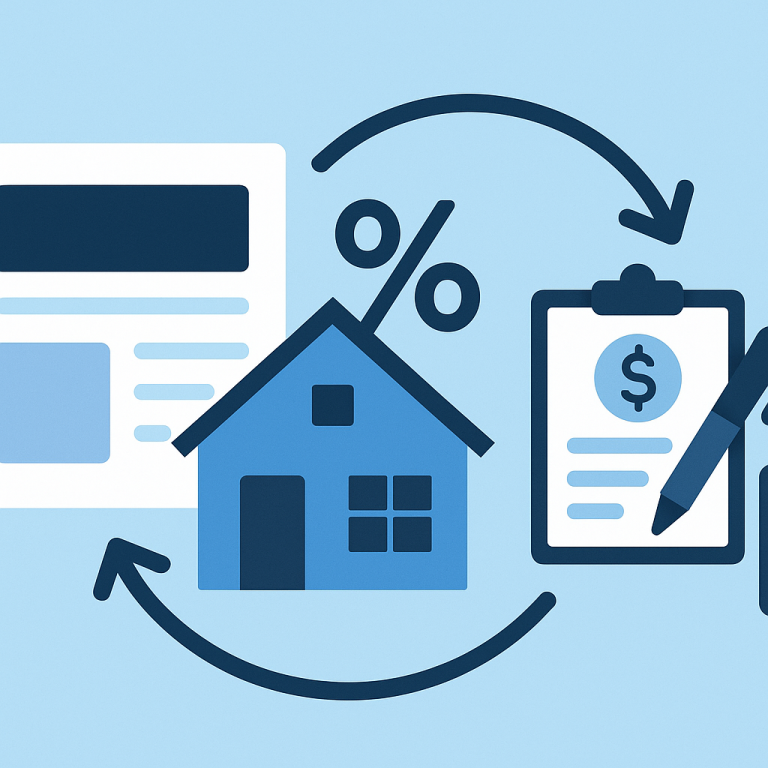30-Year Fixed Refinance Rates Drop To 5.25%, Applications Jump 18%
Refinancing Decisions Shift as Mortgage Rates Move Lower
Homeowners weighing a mortgage refinance this year are confronting a familiar but evolving trade-off: when to lock in a lower rate versus when to preserve liquidity and flexibility. With market-driven rate movements settling into a new range, the decision to refinance increasingly centers on individual goals—shortening the term, reducing monthly payments, or tapping home equity—rather than on a single universal trigger.
Why timing matters
Refinancing can reduce interest costs over the life of a loan, but it also incurs closing costs and can reset the amortization schedule. That means the break-even point—the time needed for monthly savings to cover refinance expenses—remains one of the most important calculations for homeowners. For borrowers planning to stay in their homes long enough to exceed that break-even horizon, a refinance that lowers the rate or shortens the term is often beneficial. For those expecting a move in the near term, the math can favor keeping the existing mortgage.
Common refinance objectives
Most refinance applications fall into a few clear categories. Understanding which objective applies to you clarifies the costs worth accepting and the metrics to monitor:
- Lower monthly payment: Extending the mortgage term or securing a lower rate can reduce monthly obligations, which can help with cash flow but may increase total interest paid if the term is extended.
- Shorter loan term: Moving from a longer-term loan to a shorter one typically raises monthly payments but lowers total interest and accelerates equity building.
- Switching adjustable to fixed rate: Homeowners on adjustable-rate mortgages often refinance to fixed-rate loans to remove future rate uncertainty.
- Cash-out refinance: Borrowers convert some home equity into cash for renovations, debt consolidation, or other needs, accepting a larger loan balance in exchange for liquidity.
Key factors lenders and borrowers should consider
Several practical elements determine whether refinancing is a viable option. These include credit profile, documented income, current equity in the property, and any recent changes to the home that could affect an appraisal. Lenders will also review the remaining term and structure of the existing loan. For many borrowers, small improvements in credit score or waiting to accumulate a bit more equity can translate into materially better refinance offers.
Workable decision framework for homeowners
Homeowners can use a straightforward approach to evaluate refinance moves:
- Clarify the objective: Are you prioritizing monthly cash flow, total interest savings, or access to cash?
- Calculate break-even: Compare expected monthly savings to upfront costs and estimate how long you will remain in the home.
- Compare loan structures: Look at fixed versus adjustable options and consider the implications of changing the loan term.
- Shop multiple lenders: Rates, fees, and underwriting practices vary; getting multiple quotes can reveal the best combination of cost and terms.
- Plan for contingencies: Understand appraisal and underwriting risks and have a backup plan if the loan is denied or the appraisal comes in low.
Takeaways for homeowners
Refinance decisions are most effective when tied to a clear financial goal and a realistic horizon for staying in the home. Lower rates alone do not guarantee a wise refinance—closing costs, loan term changes, and personal plans all affect whether a refinance produces net benefit. By clarifying objectives, running break-even scenarios, and comparing offers, homeowners can make a refinance choice aligned with their short- and long-term finances.
META: refinancing-timing-break-even-term-equity

